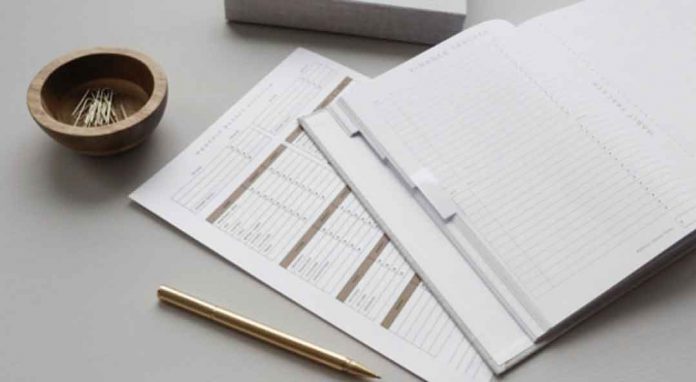Nobody likes paying taxes. If you work for an employer, your taxes are done for you. Whilst you will still see how much you’re paying on your payslip, you remain somewhat detached from the whole process. If you’re self-employed, however, it can be an extra headache as you will have to hand over part of the money you’re paid.
This means you also have to make sure you save enough at the end of the year to pay. Any independent contractor who earns over $600 will be given a 1099-MISC to file.
Read on for tips on saving on your taxes if you’re self-employed.
How Much Should I Put Aside For Taxes If I’m Self-Employed?
The rule of thumb is to put away 30% of your income for taxes. This is a good practice because you may have to pay estimated quarterly taxes if you’re expected to owe more than $1000 a year in tax. If this is the case, the Internal Revenue Service (IRS) will expect you to make quarterly payments to cover the debt.
You’ll need to make quarterly payments equal to the amount of tax paid the previous year. Missing your payments can result in a penalty from the IRS.
Make sure to calculate 1099 taxes in plenty of time to make sure you’re not caught out and face any penalties.
What Exactly Is 1099 Income?
1099 income is anything earned by a freelancer, independent contractor, self-employment, or a side-hustle (usually.) Despite the plethora of labels used to describe self-employed individuals, they are all treated the same for tax purposes.
Being self-employed, you have no employer to withhold payment towards your taxes. You have to make sure to do so yourself and make payments directly to the government. Instead of the traditional W-2, you’ll have to fill in a W-9. This allows the company that hired you to prove to the IRS that it doesn’t payroll your tax for the employment.
When the tax season arrives, you should receive a 1099 form from each of your clients, outlining how much 1099 income you’ve received from that client in a year.
Photo by NORTHFOLK on Unsplash
What Expenses Can I Deduct?
There are many benefits of working for yourself. One downside, however, is that much of the equipment that gets paid for in a traditional office environment has to be paid for by you, such as office supplies, travel, and meals with clients, for example.
So before paying your taxes, it’s prudent to take stock of all the expenses that you need to ensure the smooth running of your business. Then look at the IRS guide for deducting business expenses to see what you can claim. Every dollar spent on your business can be subtracted from your income, reducing what you will owe to the IRS.
How Should I Save For Taxes?
After working out how much you’re likely to owe, you’ll have to implement a plan on how to save this amount. Putting money aside in a savings account can help keep separate your savings and what you use daily.
To Sum Up
Paying taxes if you’re self-employed is something you have to contend with. Being under traditional employment means your employers take care of this for you. Taking into consideration the tips mentioned above can help you get to grips with paying your self-employment taxes. Gradually with time, year after year it should become more simple and second nature to you.


